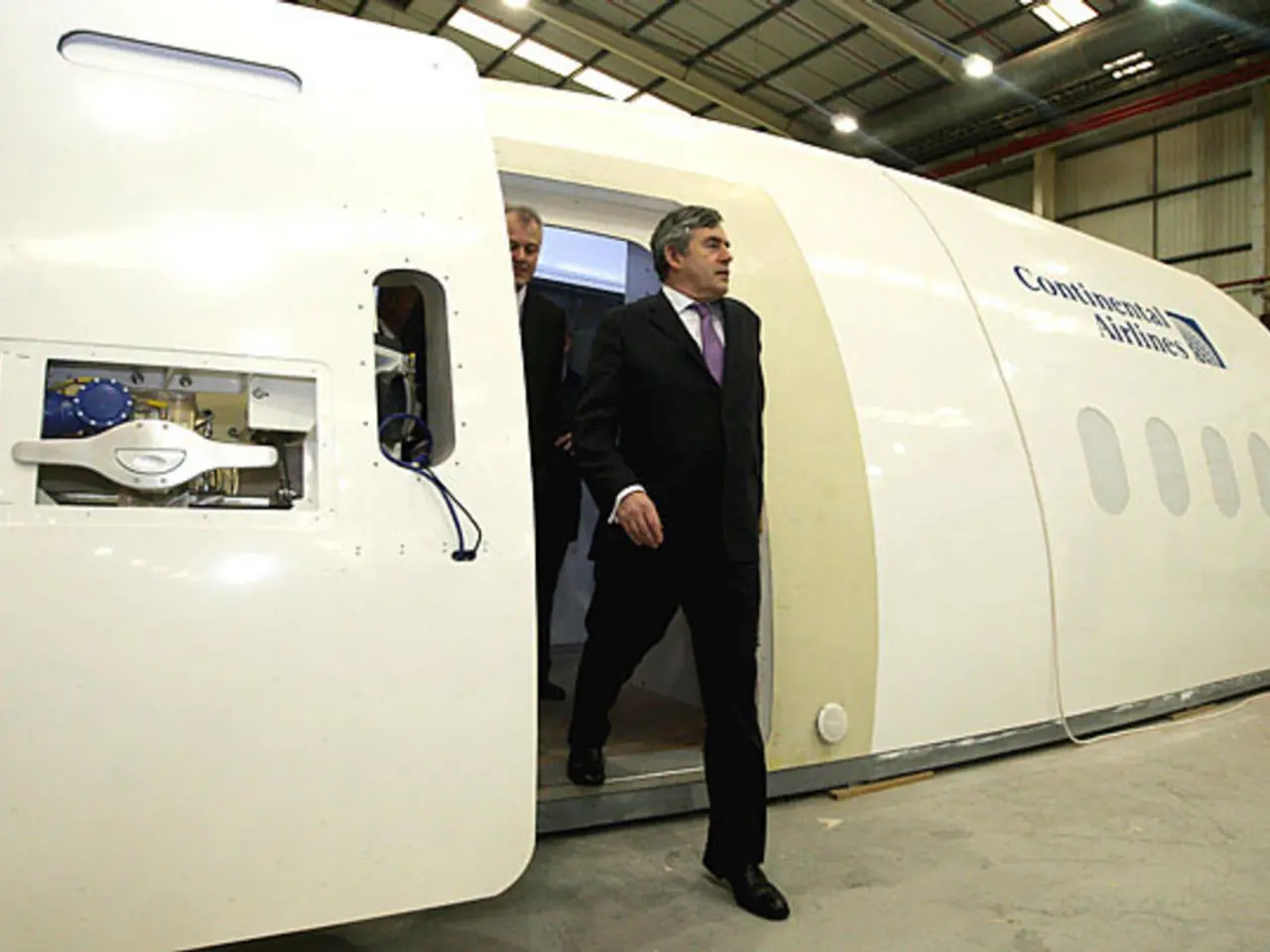France's investigation entity for Unidentified Aerial Phenomena (UAP)
The French unit GEIPAN (Groupe d'Études et d'Informations sur les Phénomènes Aérospatiaux Non-identifiés), a part of the French space agency CNES, has been actively investigating Unidentified Aerospace Phenomena (UAP) since 1977. Operating under the oversight of a steering committee that includes representatives from scientific and security institutions, GEIPAN has made significant strides in the field.
Based in Toulouse, GEIPAN employs two full-time CNES staff and is supported by around 20 trained volunteer investigators across France, as well as scientific experts in various fields such as meteorology, optics, psychology, and plasma physics. When a report arrives, it is evaluated, and about 10% of reports lead to on-site investigations, including interviews and reconstructions.
GEIPAN's work has been instrumental in shaping broader trends in UAP studies, encouraging field sampling, environmental analysis, and multidisciplinary review. This approach has served as a precedent for other governments and agencies to formalize their own UAP research efforts and improve data collection standards, aiding in the evolution of global UAP study frameworks.
GEIPAN has analysed approximately 5,300 distinct cases drawn from around 9,700 testimonies. Today, approximately 3% of cases remain unexplained after investigation, with 102 cases classified as D (Unidentified after full investigation). One of the most famous investigations took place near the village of Trans-en-Provence in 1981, where a retired mason reported seeing a disc-shaped craft land on his farmland, leaving burn marks and compacted soil. This incident remains unexplained and was classified as category D.
GEIPAN does not endorse any theory of extraterrestrial involvement, maintaining a strictly fact-based and observational role. Its transparency contrasts with secrecy often seen in other national UAP investigations. The unit's archives are open to both researchers and the public for analysis, trend studies, and cognitive research.
GEIPAN is empowered to request radar checks from the Air Force, but decisions on classification or publication rest solely with its director. New technology, such as text mining, big data classification tools, and pattern recognition, offers potential to re-analyse older datasets. Researchers are also exploring machine learning to identify trends or correlations in raw report text.
Periodic re-examination of D-category files ensures that evolving scientific insight helps re-classify previously unexplained cases. GEIPAN's staff turnover over time has brought new expertise, with directors including Claude Poher, Alain Esterle, Jean‐Jacques Velasco, Jacques Patenet, Yves Blanc, Xavier Passot, Jean‐Paul Aguttes, Roger Baldacchino, Vincent Costes, and since January 2024 Frédéric Courtade.
In summary, GEIPAN continues to be an active investigator of UAPs under CNES, with a substantial case archive and ongoing analysis. Its influence has been global, encouraging other nations to develop structured frameworks for UAP reporting and analysis, fostering greater collaboration and methodological improvements internationally. Despite no evidence of extraterrestrial origin for UAPs being confirmed, GEIPAN's investigations underscore the importance of continuing systematic inquiry using advanced tools.
- GEIPAN's investigations into Unidentified Aerospace Phenomena (UAP) have not only led to advancements in France but also influenced the space economy globally, encouraging other nations to develop their own UAP research efforts and improve data collection standards.
- GEIPAN's transparency contrasts with secrecy often seen in other national UAP investigations, with its archives being open to researchers and the public, fostering a collaborative environment in the field of science, space-and-astronomy, and technology.
- As new technology emerges, GEIPAN aims to re-analyse older datasets using tools such as text mining, big data classification, and machine learning, in an effort to identify trends or correlations in raw report text, contributing to the evolution of the space economy and UAP study frameworks.




